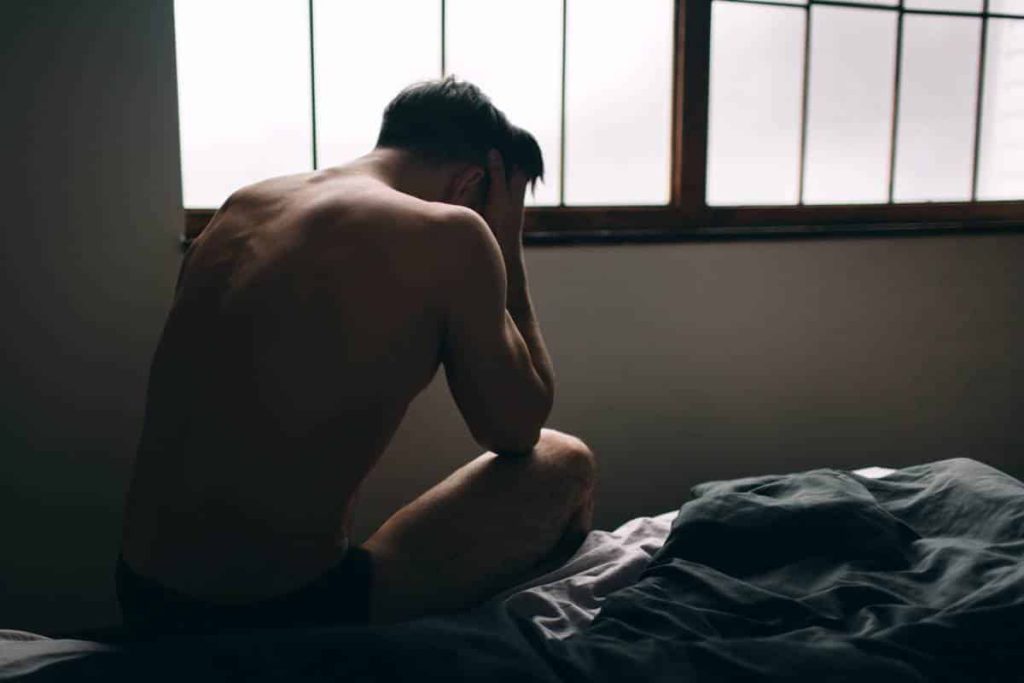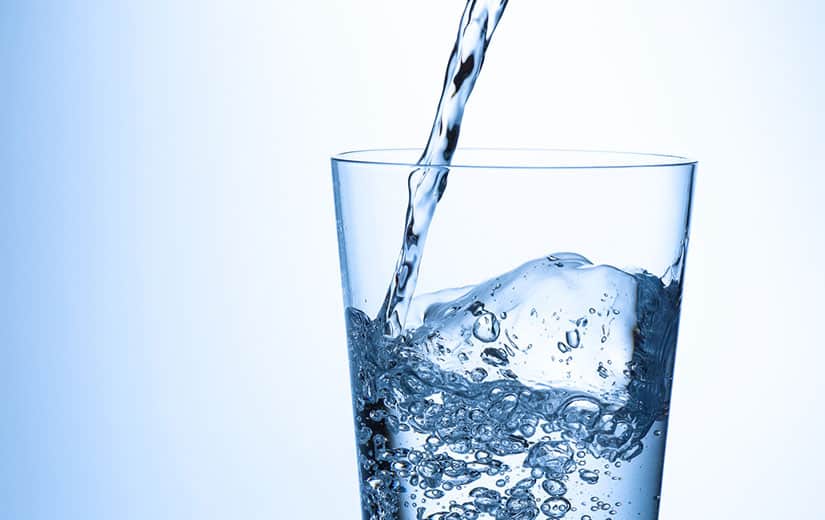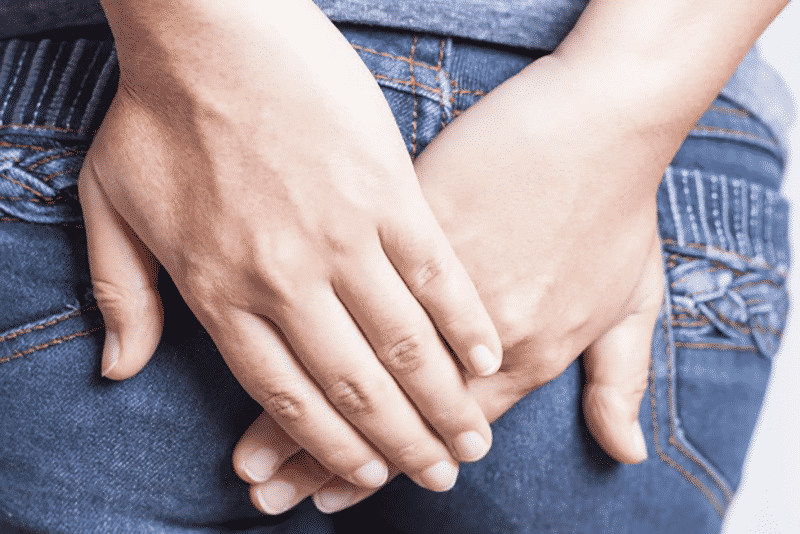Reflexology consists of stimulating reflex points in the body by applying pressure to specific areas. In other words, it is a kind of localized massage. This treatment is renowned for its various virtues on health: physical and moral. Depending on the desired benefits, this technique can be performed on the arch of the foot, the palm of the hand or the skull. Plantar reflexology is the most practiced of the category. Indeed, the various parts of the body have a reflex zone at the level of the soles of the feet. Here is a zoom on the essentials to know about plantar reflexology.
Summary
A little history
The beginnings of reflexology were in Egypt, China and India around 5000 years ago. In its territories, the cure has always been done through sections of medicine and well-being care. It has even undergone considerable changes since then. It was not until the beginning of the 20th century that Doctor William Fitzgerald introduced it to Europe. The latter, impressed by the technique and the benefits, developed the branch of podoreflexology. This Western doctor was the first to map 10 reflex zones in the arch of the foot. It would be a few decades later than an American named Eunice Ingham, a more detailed map, the first used by professional masseurs.
The principle of plantar reflexology
Plantar reflexology consists of massaging areas of the arch of the foot linked to specific organs. Massage refers to the application of moderate pressure affecting the functioning of an organ. The foot reflexology map guides the gestures and movements of the reflexologist. To do this, the masseur uses the fingers, the palm of the hand or sticks with balls or cones.
Beneficiaries of foot reflexology
Foot reflexology does not fix age, gender or health status. However, the contraindications must be taken into account. Even pregnant women can favor the virtues of massaging the arches of the foot. It is up to the reflexologist to adapt the level of pressure according to the case of the client. Plantar reflexology is not just for people who are suffering. A healthy individual can take advantage of it to boost their energy resources or relax. Everyone can benefit from the same various benefits every day.
The main benefits
Because of its virtues, more and more Westerners are turning to plantar reflexology. The practice has curative and preventive characteristics. As massage directly impacts pressure points and nerve endings, it is best known for relief, release, relaxation and stimulation. More specifically, we can cite the alleviation of pain, the relaxation of muscles, the fight against insomnia or the revival of blood flow. For satisfactory effects, it is better to go to a specialized welfare institution.
The course of a foot reflexology session
Whether in the morning or at the end of the evening, you can benefit from a massage of the soles of the feet. The session lasts a maximum of half an hour. The course of the cure can be summarized in three stages. First, the practitioner begins by applying oil. The objective is to have fluid movements without friction. In some cases, a foot wash may be necessary before this first stopover. Then, the reflexologist performs smoothings up to the ankle and the toes. Finally, he begins to apply pressure to the energy and reflex areas. To do this, he chooses his fingers, his palm or a specific stick. The magnitude of the pressure is chosen according to the tolerance and preference of the customer.




